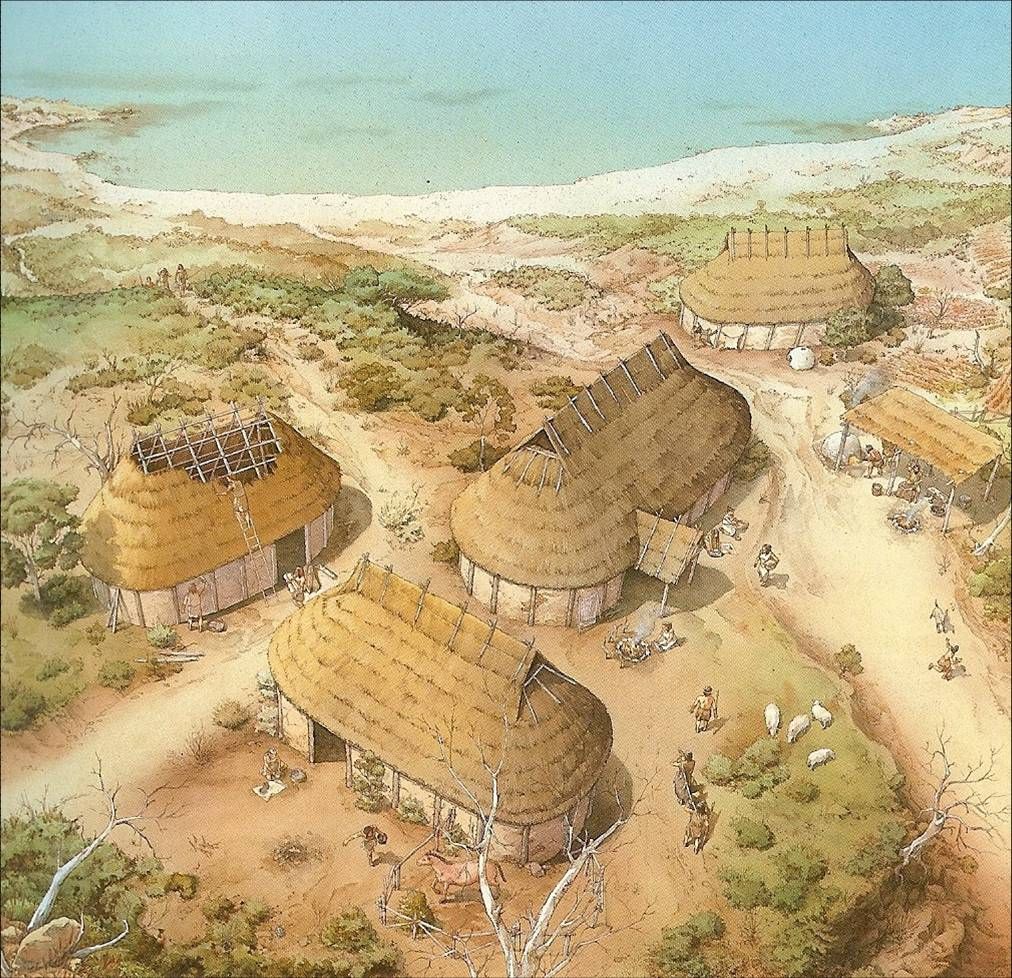Artistic and Architectural Innovations in the Bronze Age
Introduction
|
Development |
Urbanization |
Architectural Innovations |
conclusion |
references
 The
Bronze Age witnessed remarkable advancements in art and architecture, reflecting
the socio-economic and cultural complexities of the time. Monumental structures,
such as palaces and temples, showcased elaborate designs and engineering skills.
In the Baltic region, disc-headed pins and finely cast bronze ornaments
exemplified the artistic craftsmanship of the era.
The
Bronze Age witnessed remarkable advancements in art and architecture, reflecting
the socio-economic and cultural complexities of the time. Monumental structures,
such as palaces and temples, showcased elaborate designs and engineering skills.
In the Baltic region, disc-headed pins and finely cast bronze ornaments
exemplified the artistic craftsmanship of the era.
Urban settlements incorporated defensive walls,
intricate layouts, and multi-story buildings, indicating a shift toward
organized city planning. The construction of large-scale temples and tombs, such
as the ziggurats in Mesopotamia and the megalithic structures of Europe,
symbolized religious and political power. These structures also reflected the
technological advancements in metallurgy and stoneworking, which enabled the
creation of durable and visually impressive edifices.
The influence of Minoan and Mycenaean artistic styles
extended into textile production as well. Cutler highlights the role of
decorated fabrics in expressing social identity and status. The adoption of
Minoan weaving techniques across the Aegean reinforced the role of textile art
in both economic and symbolic contexts.
 The
Bronze Age witnessed remarkable advancements in art and architecture, reflecting
the socio-economic and cultural complexities of the time. Monumental structures,
such as palaces and temples, showcased elaborate designs and engineering skills.
In the Baltic region, disc-headed pins and finely cast bronze ornaments
exemplified the artistic craftsmanship of the era.
The
Bronze Age witnessed remarkable advancements in art and architecture, reflecting
the socio-economic and cultural complexities of the time. Monumental structures,
such as palaces and temples, showcased elaborate designs and engineering skills.
In the Baltic region, disc-headed pins and finely cast bronze ornaments
exemplified the artistic craftsmanship of the era.